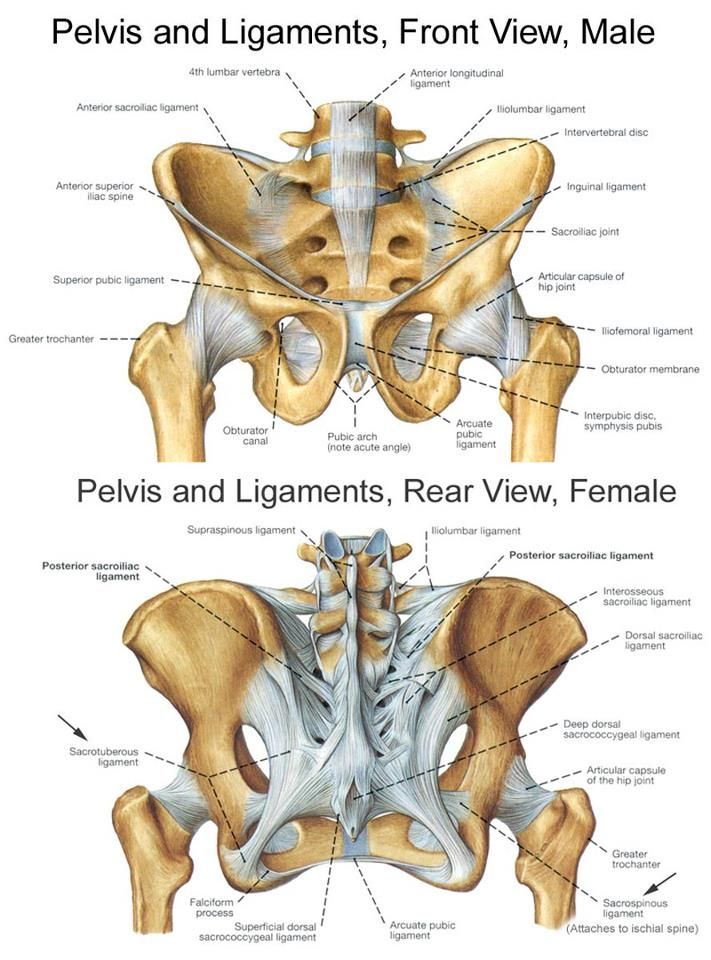Pregnancy and the Webster technique
/By Shannon Peacock, DC
The Webster technique is a Chiropractic technique focused on proper alignment, movement and function of the low back, pelvis and hips. This safe, gentle treatment is effective for relieving pain during pregnancy and supporting a smooth and easy delivery.
In most cases, difficult labor is caused by one or a combination of three things: inadequate uterine function, pelvic imbalance and the baby being in the wrong position. Adjustments of the sacrum may affect the function of the uterus, improve pelvic balance and reduce tension in the pelvic muscles and ligaments. When balance and proper motion are restored to the mother’s pelvis, her uterus and pelvis function better allowing babies to assume the best possible position throughout pregnancy and birth.
Proper joint function and mobility can also decrease low back, pelvic and hip pain commonly seen during pregnancy. During pregnancy a mother’s body releases the hormone relaxin to prepare for giving birth. This creates ligament laxity, which causes the bones of the pelvis to separate further than normal, allowing the baby to travel through the pelvis more easily. Sometimes that ligamentous laxity can make it easier for the pelvic bones to get “stuck” out of alignment during normal daily activities. When our joints are misaligned or their movement is restricted it can lead to dysfunctional movement patterns and pain. Chiropractic adjustments along with soft tissue work and therapeutic exercises help to restore proper function and decrease pain.
An understanding of the function and anatomy of the pelvic can be helpful in understanding how sacral misalignment and joint restrictions can affect the position and shape of the uterus during pregnancy. Below you can see that the pelvis is made up of three bones: two pelvic bones (or ilia) connected in the front by fibrous connective tissue and separated in the back by the sacrum, a triangular keystone bone that supports the spine and upper half of your body. The joints between the sacrum and each ilium are called the sacro-iliac (SI) joints. This link is a video of normal sacral movement in 3D: https://www.serola.net/research-entry/3d-sacral-motion/
The next two illustrations show the ligaments that attach to the sacrum and can affect its alignment between the pelvic bones. The top picture gives you an idea of how many ligaments there are throughout the pelvis, the bottom shows a couple specific ones that are commonly addressed with the Webster technique.
So how does the sacrum get stuck or misaligned? With increased elasticity of the ligaments the sacrum can move beyond its normal range during regular daily movements like walking, bending over or getting in an out your car. Misalignment of the sacrum causes a stretch of the uterosacral ligament, which can cause torsion or twisting of the uterus. Torsion of the uterus can in turn affect how the baby orients itself and can subsequently contribute to difficult labor.
So how does the chiropractor find and treat these sacral misalignments? First they determine if and in what orientation the sacrum is misaligned or restricted using a number of different methods. Then they will perform a gentle manipulation of the sacrum in a position comfortable for the mother. Additional gentle pressure on the ligaments, fascia and musculature of the pelvis will help restore balance and proper function to the mother’s pelvis, hips and low back.
The Webster technique is a safe, gentle and effective way to promote a pain-free and healthy pregnancy, labor and delivery. For more information on the Webster technique or the other services we provide to expectant mothers, please call, email or visit our website.
Dr. Shannon Peacock
Doctor of Chiropractic
Webster Technique certified
Elemental Back & Body
530.582.0500
shannon@elementalbodies.com
www.elementalbodies.com
References
https://icpa4kids.com/training/webster-certification/webster-technique/
https://spinningbabies.com/learn-more/techniques/professional-help/




